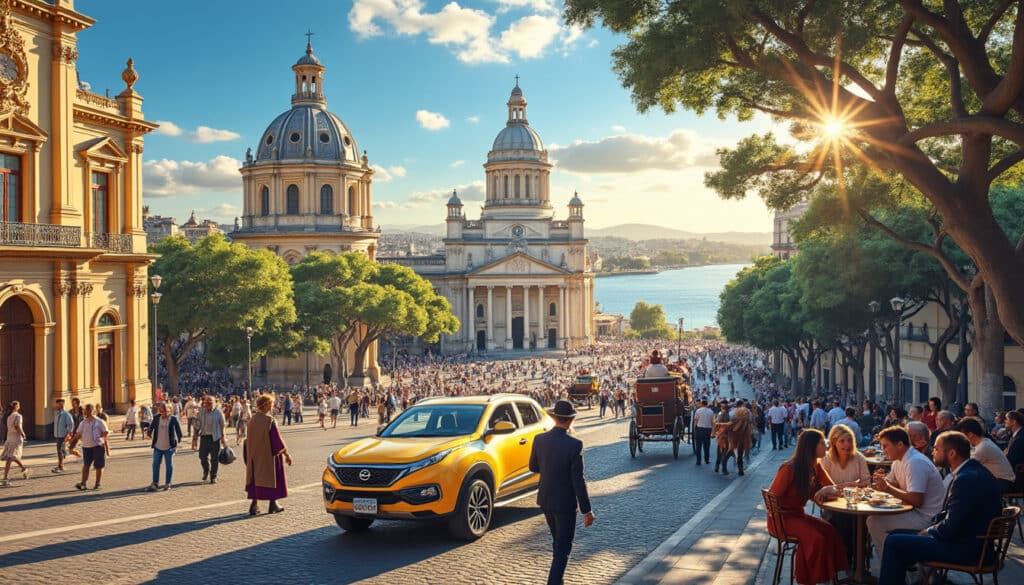Buenos Aires, often dubbed the “Paris of the South,” is a city where history, culture, and identity intertwine in a dynamic tapestry. Beyond its vibrant streets, alive with the rhythm of tango and the aroma of mate, the identity of Buenos Aires is deeply rooted in its history—a history told through names, flags, and the passionate spirit of its people. As one explores Buenos Aires, understanding these symbols and names gives insight into the city’s unique character and its journey from colonial settlement to thriving metropolis.
The Evolution of Buenos Aires’ Name: From Port to Capital
The name Buenos Aires evokes notions of “good airs” or “fair winds,” a translation that speaks to the historical maritime journey of its founders. The city’s name is a nod to its original purpose as a port, nestled strategically along the Río de la Plata. The etymology of “Buenos Aires” is traced back to the Spanish settlers in the 16th century. Specifically, Pedro de Mendoza, a Spanish sailor, named the port in honor of Santa María de los Buenos Aires, as a gesture of gratitude for safe passage, leaving behind the treacherous waters.
Yet, this seemingly simplistic naming holds layers of historical intricacies. The city’s initial moniker was much longer: “Ciudad de la Santísima Trinidad y Puerto de Nuestra Señora la Virgen María de los Buenos Aires.” While elaborate, it emphasized the importance of both religious patronage and navigational success. Though the name underwent significant shortening over the ensuing centuries, the relevance of its origins remains.
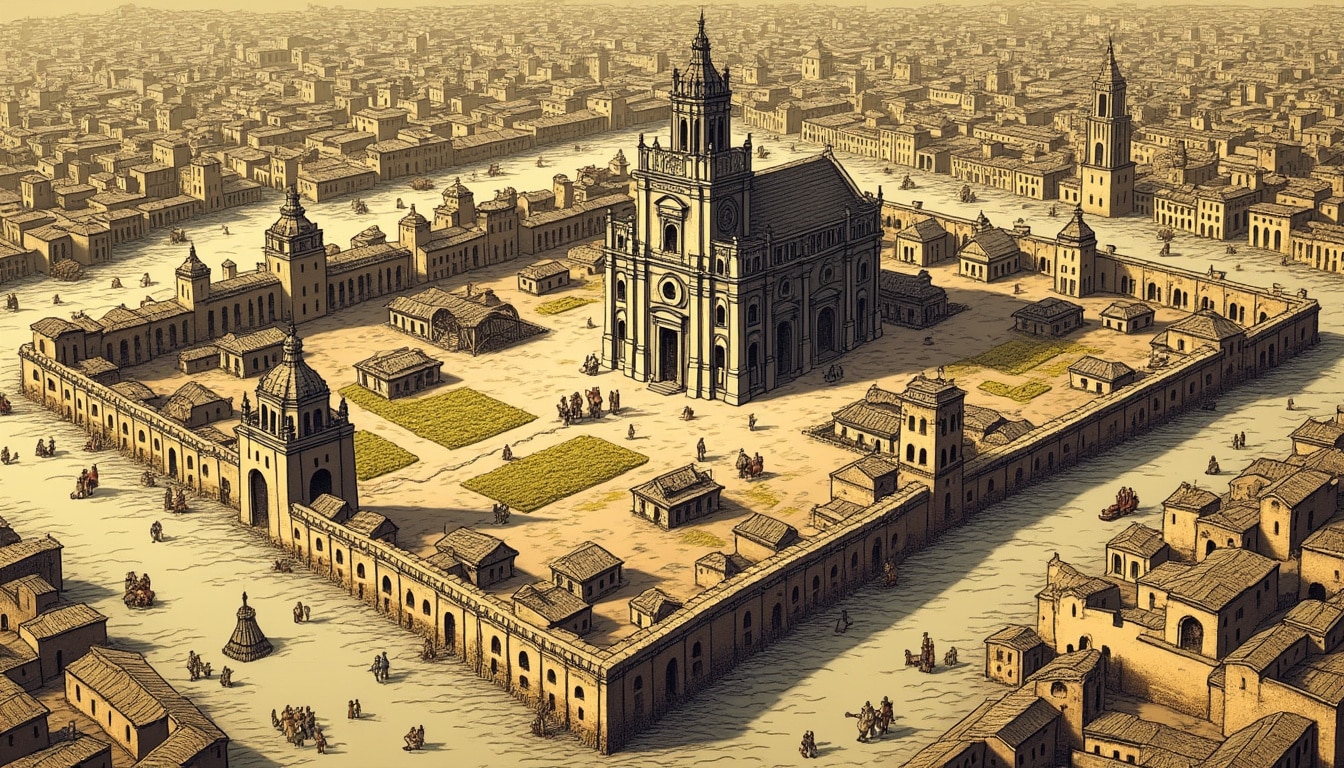
The Transformation from “Ciudad” to “BsAs”
The reduction of the city’s name to merely “Buenos Aires” mirrors the city’s progression from a small settlement to a bustling epicenter of culture and politics. By the 17th century, the concise form was widely adopted, reflecting a streamlined identity yet preserving its essential historical essence. Locals frequently abbreviate it to “BsAs,” a shorthand that signifies not just the geographic location but the cultural heartbeat of Argentina itself.
Moreover, Buenos Aires becomes a symbol of endurance and renewal. When the initial settlement faced destruction from indigenous attacks, it lay abandoned only to be refounded in 1580 by Juan de Garay. His efforts solidified Buenos Aires as a permanent settlement under Spanish influence. This resilience, encapsulated in the city’s re-establishment, bolsters its identity as a center of tenacity and innovation—concepts mirrored in the distinct character of its populace.
- 💡 Historical Refounding: In 1580, Juan de Garay reestablished Buenos Aires with its name intact.
- 🌊 Maritime Importance: The port’s strategic location was fundamental to its growth.
- 🕊️ Cultural Resilience: Buenos Aires has withstood various threats and transformations.
As one delves into the city’s rich past, it becomes evident how each layer of its naming history contributes to the mosaic of its present-day identity. For a detailed exploration of Buenos Aires’ enchanting history, visiting resources such as Buenos Aires History can provide further insights.
The Symbolism Behind the Flag of Buenos Aires
The flag of Buenos Aires, adopted officially on October 24, 1995, is more than just a piece of fabric; it is a rich emblem of the city’s storied past and cultural lineage. As one looks closer, the unique elements woven into its design tell a narrative of conquest, faith, and community growth, central themes in the history of Buenos Aires.
Central to the flag’s design is the eagle, a symbol deeply ingrained in Spanish and colonial iconography. This harks back to the Habsburg empire, under whose governance the city was initially developed. In its grasp, the eagle holds the Calatrava cross, a symbol connected to the military Order of Calatrava, signifying the evangelistic undertakings that were an integral part of Spanish colonization.
The Flag’s Historical Elements
The inception of Buenos Aires’ coat of arms dates back to 1580 when Juan de Garay provided the initial design. It consisted of a white field adorned by a black eagle, facing left—a decision that some heraldic interpretations find unconventional as animals in heraldry typically face right. However, even with these peculiarities, it encapsulated the era’s spirit, depicting conquest and boundary assertion.
Post Spanish Line of Habsburgs, in 1649, a new coat of arms emerged, introducing maritime elements such as a dove, water, anchor, and eventually sailing ships, highlighting Buenos Aires’ integral role as a flourishing port.
- 🦅 Eagle: Represents Spanish colonization and imperial power.
- ✝️ Calatrava Cross: A nod to the religious missions accompanying colonization.
- 🌊 Maritime Symbols: Reflects Buenos Aires’ role as a historic nautical hub.
With each evolution of the coat of arms and flag, the city’s identity and priorities shifted. Understanding this symbolism provides a lens through which the rich tapestry of Buenos Aires’ history can be appreciated. To dive deeper into Buenos Aires’ flag and its cultural significance, resources like Buenos Aires Facts offer comprehensive insights.
Cultural Identity: Names, Nicknames, and Everyday Life
While the official name of Buenos Aires offers a historical narrative, the nicknames and colloquial references add layers to the city’s cultural identity. Often referred to as the “City of Fury,” an epithet stemming from popular Argentine rock band Soda Stereo, Buenos Aires transcends its literal translation by embodying a more nuanced, energetic personality.
The term “City of Fury” captures the vibrant, sometimes chaotic everyday life that characterizes Buenos Aires. From the tango dancers spinning on the streets of Palermo to the fervor of football matches like those of Argentinos Juniors and River Plate, the city pulses with an energy that’s simultaneously overwhelming and intoxicating.
The Lively Spirit of Name and Place
The city’s neighborhoods each hold their own stories and traditions. La Boca, with its colorful, vividly painted houses, tells a distinct narrative of Italian immigrants and their dreams of prosperity. Meanwhile, Recoleta exudes sophistication and elegance, its architecture reminiscent of Parisian boulevards. These districts each contribute to the tapestry of Buenos Aires’ identity, offering unique sensibilities while sharing the overarching theme of dynamic exuberance.
The contrasts within Buenos Aires manifest in daily experiences. Whether sipping mate in a park or navigating the bustling thoroughfares by El Obelisco, the essence of Buenos Aires lies in its unpredictability and raw passion.
- 💃 Tango: A dance inseparable from the soul of Buenos Aires.
- 🚶 Neighborhood Identity: Each borough adds a unique rhythm and story.
- 🏟️ Football Passion: Clubs like Argentinos Juniors and River Plate are pillars of local pride.
Ultimately, Buenos Aires thrives through its people—portenos—whose everyday lives reveal layers of tradition, modernity, and cultural fusion. For further exploration of Buenos Aires’ lively daily life, visit Daily Life in Buenos Aires.
Engaging Locals Through Language and Food
Language in Buenos Aires is a cultural vehicle, offering insights into the society’s unique makeup. The city thrives on Castellano, a local variant of Spanish, which itself is a language of introduction, community, and artistic expression, often punctuated by Argentina’s distinct accent and vocabulary.
Argentine Spanish, or Rioplatense Spanish, incorporates influences from European immigrants, particularly Italian, and has various linguistic nuances distinguishable from other Spanish dialects. For outsiders, understanding Buenos Aires’ version of Spanish can be an open gateway to deeper connection with the locals.
Culinary Identity: From the Mate to the Asado
Another integral aspect of Buenos Aires’ identity is its culinary landscape. Enjoying a mate—a traditional herbal drink often shared among friends—symbolizes hospitality and friendship. Equally important is the “asado,” a social gathering centered around grilling meats. It’s here that the community comes alive, with people from all walks of life sharing stories and laughter over a communal meal.
- 🥤 Mate: A cultural ritual symbolizing friendship and community.
- 🥩 Asado: A culinary tradition that’s both social and celebratory.
- 💬 Spanish: The bond through which cultural nuances are shared and expressed.
For those interested in acclimating to the local culture and language, visiting resources such as Buenos Aires Languages can be incredibly beneficial.
FAQs About Buenos Aires: Names, Flags, and Culture
To enrich your understanding of Buenos Aires, here are some common questions and answers:
- ❓ What does Buenos Aires mean?
“Buenos Aires” means “good airs” or “fair winds,” referencing the favorable winds experienced by Spanish sailors. - ❓ What is the significance of the eagle on the Buenos Aires flag?
The eagle symbolizes Spanish colonization and the city’s historical connection to the Habsburg dynasty. - ❓ Why is Buenos Aires called the “City of Fury”?
The nickname comes from a song by the band Soda Stereo, highlighting the city’s lively and intense atmosphere. - ❓ Are there local dialects in Buenos Aires?
Yes, Buenos Aires speaks Rioplatense Spanish with a distinct accent heavily influenced by Italian and other European languages. - ❓ What traditional food should I try in Buenos Aires?
Enjoying an “asado” and sharing “mate” are must-do experiences for any visitor eager to connect with local culture.
Whether you’re walking through the spirited streets or engaging in the rich cultural dialogues, Buenos Aires is a city that continually narrates its identity through symbols and stories.

Fun Facts & Curiosities About Buenos Aires
Buenos Aires, the heart and soul of Argentina, is not just a city, but an experience. Known for its vibrant culture, architectural marvels, and passionate tango, Buenos Aires offers surprising facts and curiosities that even frequent visitors may find fascinating.…
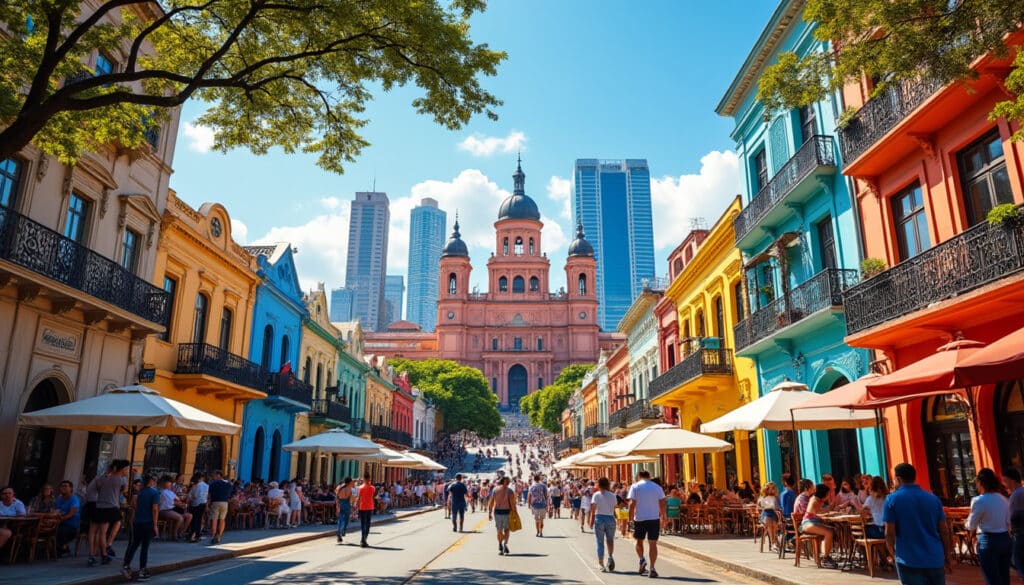
Architecture and urban features of Buenos Aires
Buenos Aires is renowned for its captivating architectural diversity, a melting pot of styles that reflect its rich cultural heritage. Known as both “The queen of the Río de la Plata” and “Latin America’s Paris,” the city’s landscape is a…
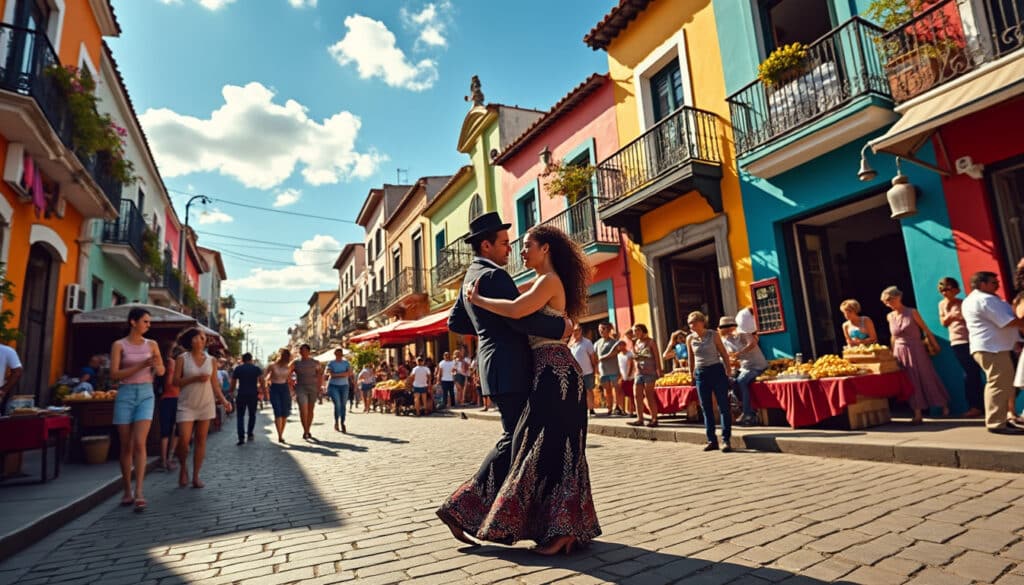
Basic facts about Buenos Aires
Buenos Aires, the vibrant capital of Argentina, is a city of inspiring contrasts and bustling energy. Famous for its rich cultural heritage and dynamic street life, it attracts travelers from all over the world. With its European flair and Latin…

Often referred to as the “Paris of South America,” Buenos Aires blends European elegance with Latin American passion, creating a vibrant tapestry of culture and daily life that intrigues many. As the capital city of Argentina, it’s a place where…
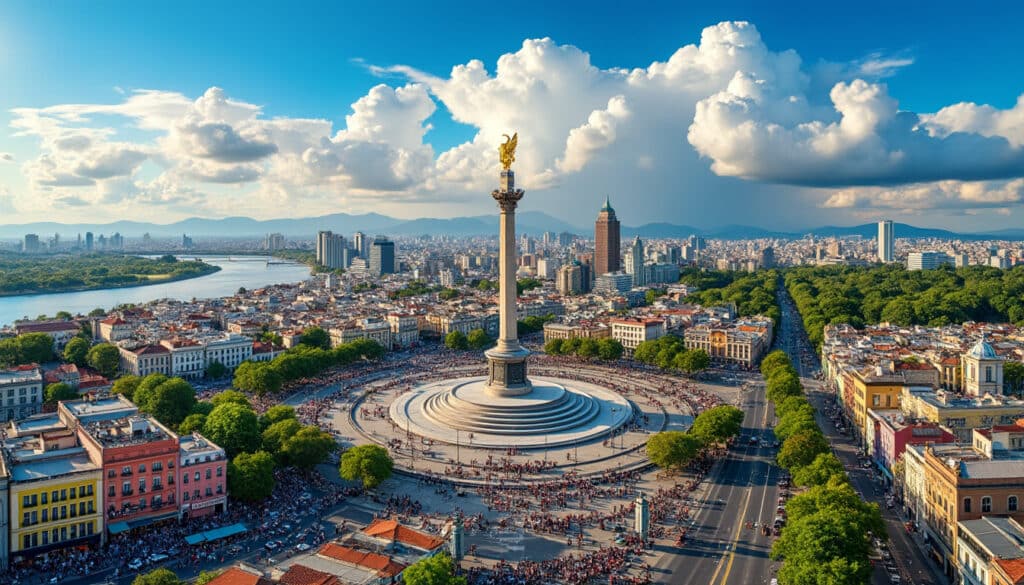
Demographics and geography of Buenos Aires
Buenos Aires, a city pulsating with energy, stands as one of the most influential urban landscapes in Latin America. Known for its captivating blend of European flair and Latin American warmth, Buenos Aires is rich in cultural diversity and historical…
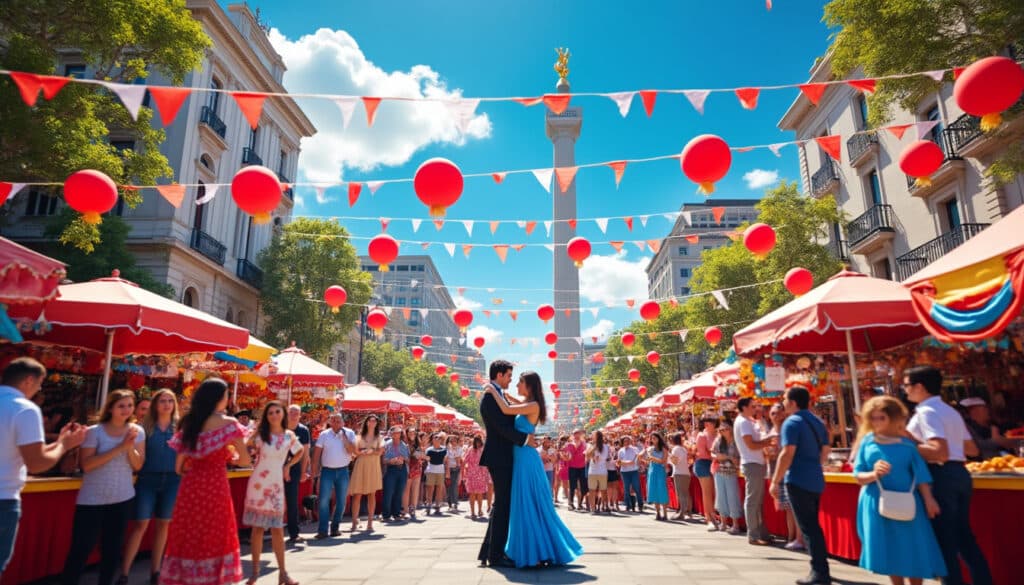
Holidays and celebrations in Buenos Aires
Buenos Aires, the enchanting capital of Argentina, is a city that thrives on celebrations, cultural diversity, and vibrant festivals. Its festive calendar is brimming with events that capture the essence of its rich history and multifaceted identity. From the iconic…

Language and spelling of Buenos Aires
Buenos Aires, often celebrated as the “Paris of South America,” stands as the vibrant capital of Argentina, rich in cultural diversity and linguistic variety. Known for its dynamic blend of European elegance and Latin American flair, Buenos Aires captivates millions…
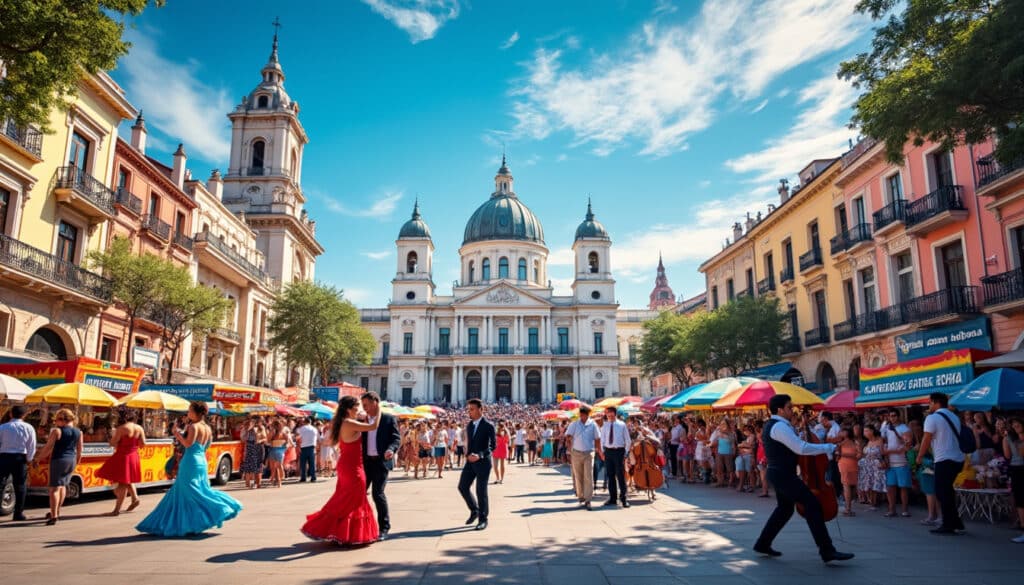
Local tips for tourists in Buenos Aires
Embark on an unforgettable journey through the vibrant streets of Buenos Aires, a city that seamlessly blends rich history with modern charm. For tourists visiting Buenos Aires, these insider tips will help you navigate the city’s hidden gems, culinary adventures,…
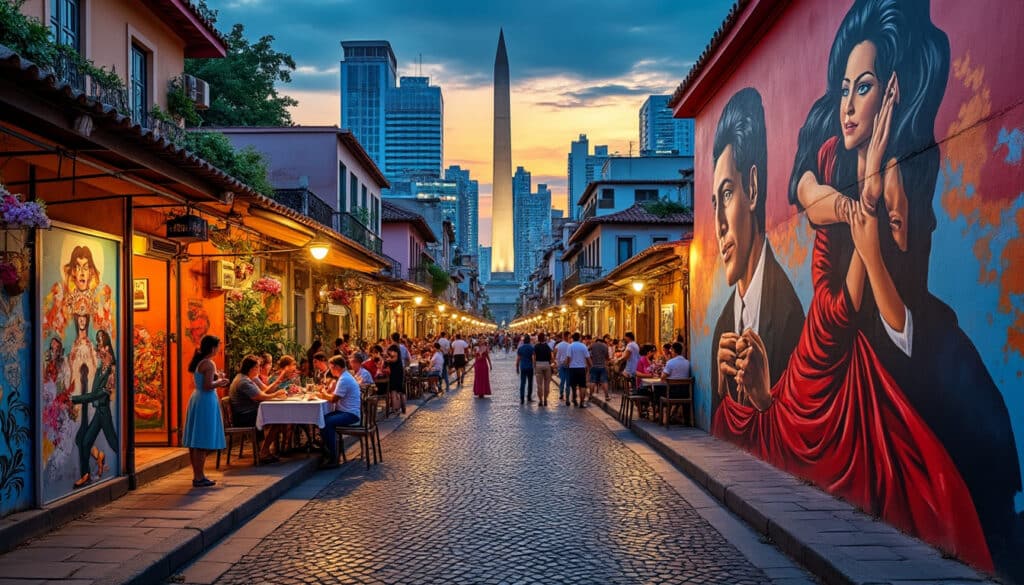
Reputation and identity of Buenos Aires
Buenos Aires, the capital of Argentina, stands as a testament to the rich history and cultural diversity that flow through its vibrant streets. Recognized for its European charm coupled with Latin American flair, the city offers a unique blend of…
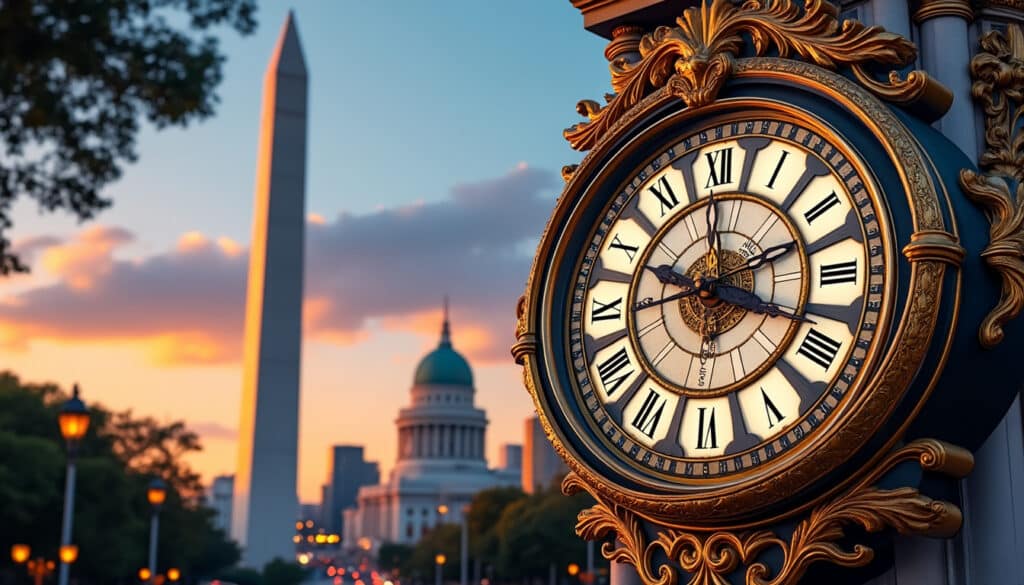
Time and time zone in Buenos Aires
Experience the vibrant ebb and flow of Buenos Aires, where time seems to waltz to the city’s unique rhythm. Understanding Buenos Aires Time is more than just setting your watch; it’s about immersing oneself into the heart of Argentina Time,…
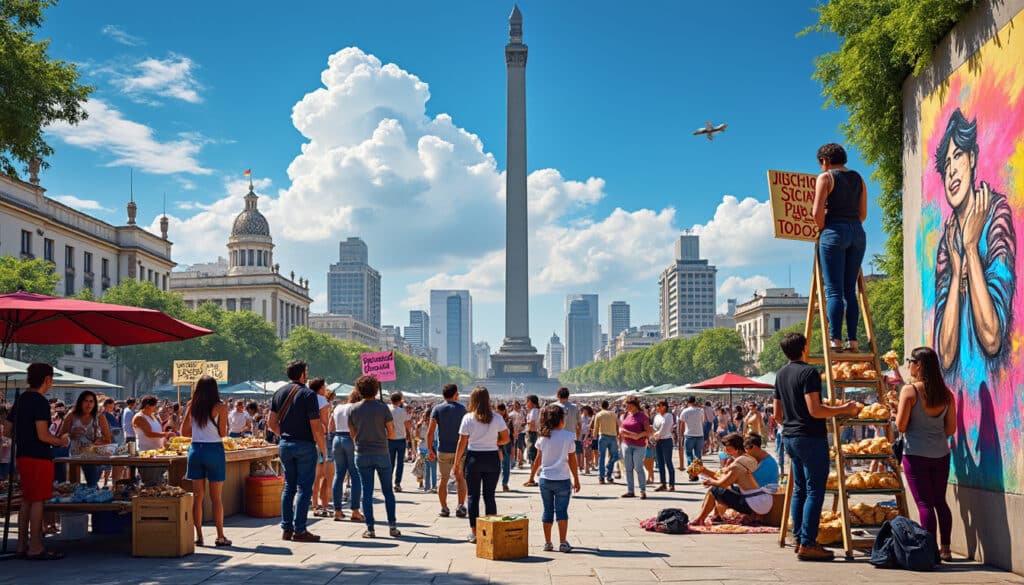
Unusual facts and social issues in Buenos Aires
Buenos Aires, with its captivating blend of old-world charm and dynamic modernity, captivates visitors and residents alike with many intriguing facets and pressing social issues. Behind the tango rhythms and lively street art lies a tapestry of unique cultural characteristics…

What does Buenos Aires look, smell, feel like?
Welcome to a city that dances even when you walk, a place where the rhythm never stops, and the sensation never fades. Buenos Aires, aptly known as the “Paris of South America,” invites you to explore its streets filled with…


